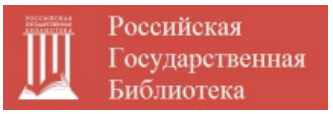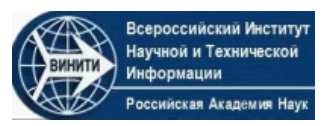Building the trend component of an additive mathematical model of planned electricity production volume to improve energy efficiency
T.S. Demyanenko, L.M. Semenenko
Upload the full text
Abstract. The nationally declared “Energy Strategy of Russia for the Period up to 2035” involves a comprehensive structural transformation of the energy sector and its transition to a qualitatively new level that meets the needs of the country’s economic development. Improvement of energy efficiency is one of the priority directions of the policy outlined in Russian energy strategy for this period. Nowadays steps are being taken to encourage consumers to participate in increasing energy efficiency and leveling load schedules. The need for highly accurate forecasts of both energy consumption and production is becoming increasingly important. Moreover, a growing number of enterprises are becoming interested in improving their own energy efficiency and reducing electricity consumption costs, thereby increasing their profits. This research aims to develop a highly accurate mathematical model for forecasting electricity production volume. The accuracy of the model is enhanced by incorporating only dominant factors into the model, with a preliminary determination of the type of their functional dependence on the studied parameter. Additionally, these factors are shifted back by several periods to use reliable values of all factors in the model and avoid constructing separate forecasting models for them. This approach prevents the forecast error of each factor from compounding the overall model error. The magnitude of the shift is justified by the autocorrelation function.
Keywords: improvement of energy efficiency, forecasting model, multifactor regression, determination of functional relationship, identification of dominant factors, demand management, electric power industry, planned production volume, day-ahead market, minimum equilibrium price index
For citation. Demyanenko T.S., Semenenko L.M.Building the trend component of an additive mathematical model of planned electricity production volume to improve energy efficiency. News of the Kabardino-Balkarian Scientific Center of RAS. 2024. Vol. 26. No. 4. Pp. 71–82. DOI: 10.35330/1991-6639-2024-26-4-71-82










